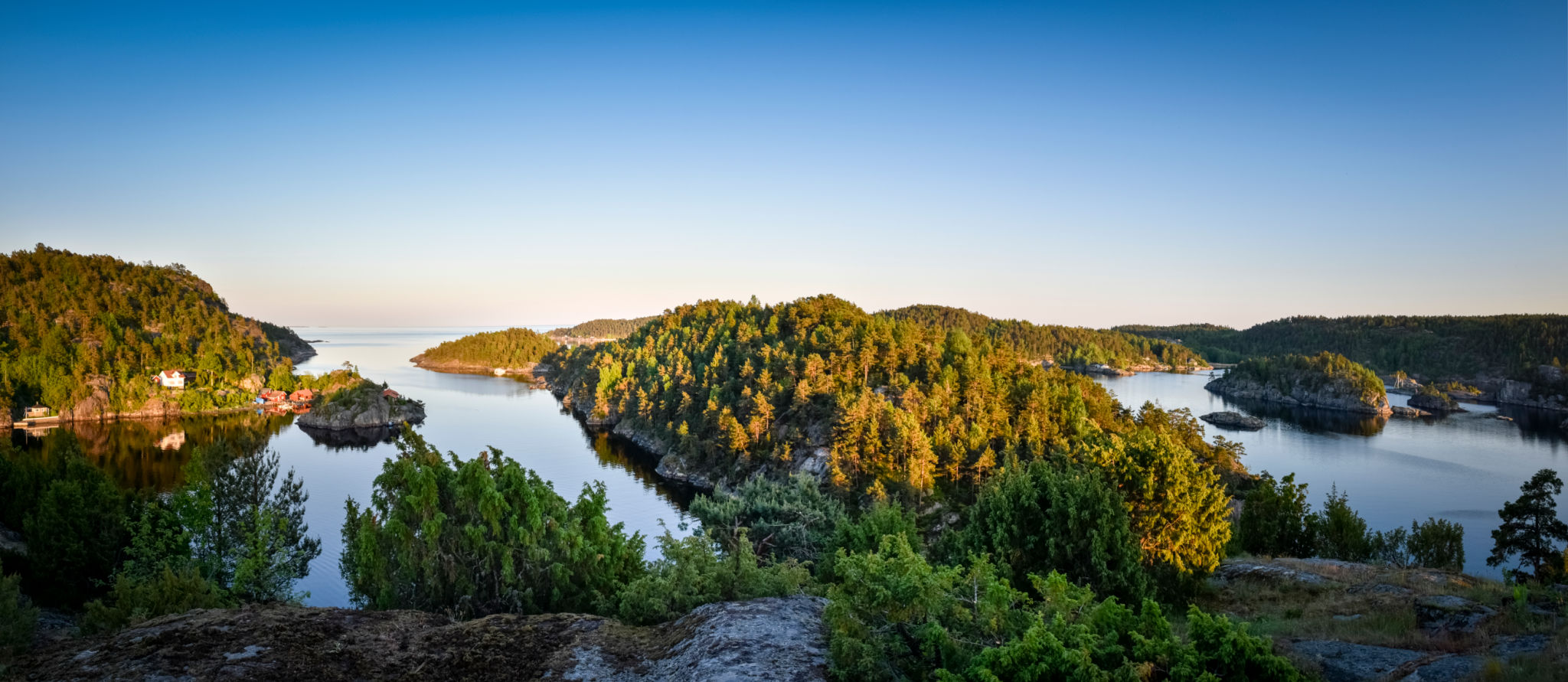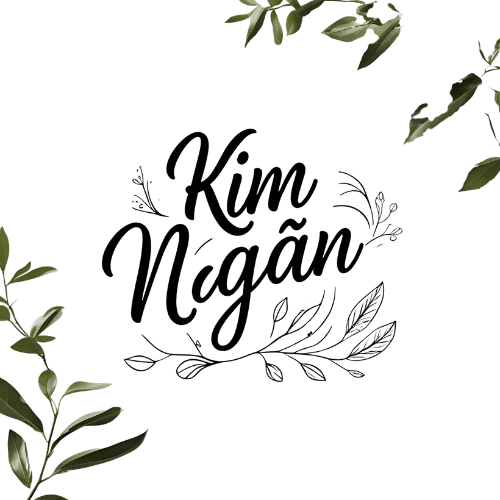🇯🇵 Slow & Nature Travel in Japan – Forests, Islands, and the Art of Doing Less
🇯🇵 Slow & Nature Travel in Japan – Forests, Islands, and the Art of Doing Less
Japan Travel Guide – By Themes
You don’t need to go far in Japan to feel far away.
Sometimes, it just takes a quiet forest trail, a boat to a small island, or a walk through a misty village where time forgets to hurry.
1. Introduction – What Is Slow Travel in Japan?
In Japan, nature doesn’t shout.
It breathes—through rustling cedars, still lakes, volcanic steam, and windblown coastlines.
Slow travel here is not a style. It’s a way of listening.
It means choosing the lesser-known path, staying longer in one place, rising with the light, and letting the rhythm of the land guide your days.
If your heart seeks simplicity, depth, and space—Japan’s landscapes are waiting quietly for you.
2. Why Japan Is Ideal for Slow & Nature Travel
Rich biodiversity – mountains, forests, islands, coastlines, volcanic terrain
Well-preserved rural areas – villages, farming communities, and sacred trails
Respect for silence – both cultural and environmental
Seasonal beauty – from sakura in spring to golden rice fields in autumn
Excellent infrastructure – access to remote areas is possible without stress
Innate sense of harmony – between humans and nature, built into daily life
In Japan, doing less often means feeling more.

3. Best Regions for Slow & Nature Travel
🌿 Yakushima (Kagoshima)
A subtropical island covered in ancient cedar forests—some trees over 7,000 years old.
Walk among mossy trails, waterfalls, and mist. A UNESCO World Heritage site and a spiritual experience.
🏞 Kumano Kodo (Wakayama)
A network of sacred pilgrimage trails through mountains and villages.
Sleep in traditional inns, bathe in onsen, and walk the same paths as emperors and monks once did.
🌲 Nagano Highlands
Home to alpine meadows, clear rivers, and peaceful ryokan.
Slow hiking, cycling, and apple orchards await you in towns like Karuizawa, Kiso Valley, and Togakushi.
🏖 Shodoshima Island (Seto Inland Sea)
Known for olives, soy sauce, and scenic coastal drives.
Hike the Kankakei Gorge or simply wander through quiet fishing villages.
🌾 Tottori & Shimane (San’in Coast)
Far from the tourist trail—sand dunes, slow trains, folklore, and coastal cliffs.
A place for long beach walks and watching waves without crowds.
🛤 Ouchi-juku & Aizu-Wakamatsu (Fukushima)
Preserved Edo-period post towns, with thatched houses and a nostalgic air.
Come for the snow, the local soba, and the way silence wraps around you at dusk.
4. Slow Travel Experiences to Try
Multi-day forest hikes – like Nakasendo or Kumano Kodo
Island hopping – in the Seto Inland Sea or Okinawa’s outer islands
Staying in rural homestays – harvest vegetables, cook together, live slowly
Cycling countryside routes – especially in Shikoku, Kyushu, and Hokkaido
Onsen in the woods – soak under stars with only wind and water as soundtrack
Farm-to-table dining – in inns where the owner is also the farmer or fisherman
5. Suggested Slow Journey – 7 Days in Nature
Day 1: Arrive in Kyoto, take a slow train to the Kiso Valley
Day 2–3: Walk part of the Nakasendo Trail, stay in small post towns
Day 4: Travel to Yakushima or a forested region like Togakushi
Day 5: Hike, read, journal, or do nothing at all
Day 6: Head to a coastal area like Shodoshima or San’in Coast
Day 7: Return via local train, carrying stillness with you
6. Tips for Embracing the Slow
Unplan parts of your trip – leave room for spontaneous wonder
Stay longer in fewer places – feel the rhythm of one place deeply
Talk to locals – even small exchanges deepen the experience
Use slow transport – scenic trains, ferries, walking, cycling
Disconnect – spend time offline to reconnect with yourself
Bring a journal or sketchbook – record not just what you see, but how you feel
7. FAQs & Sample Budget
Do I need to speak Japanese for rural travel?
Not necessarily. Learn some polite phrases, use a translation app, and smile often—kindness bridges language gaps.
Is slow travel expensive in Japan?
Not always. Countryside stays can be more affordable than big cities. Choose guesthouses, farmstays, and local meals.
Estimated daily cost:
– Budget: $70–90/day (guesthouses, local transport, home-style meals)
– Mid-range: $100–150/day (ryokan, onsen visits, slow train passes)
– Luxury: $200+/day (private guides, boutique nature stays, local experiences)
Slow travel in Japan isn’t about how much you see.
It’s about how deeply you feel what you see.
It’s in the sound of gravel under your feet on an old forest path.
The smell of rain-soaked cedar.
The stillness of an island morning with only seagulls for company.
You leave not with photos—but with peace.
Thank you for walking the slow road through Japan with me.
May it remind you that not all journeys are about motion—some are about stillness.
👉 Explore more gentle journeys in the Japan Travel Guide – By Themes series on the blog.
See you on the quiet path,
Kim Ngân – storyteller & slow traveler
